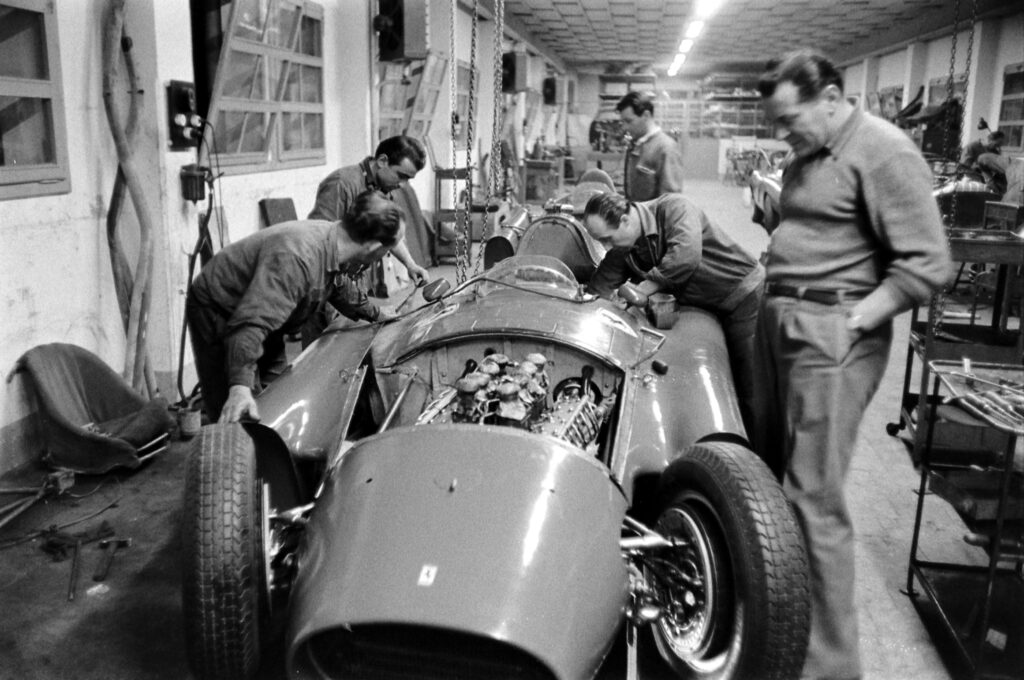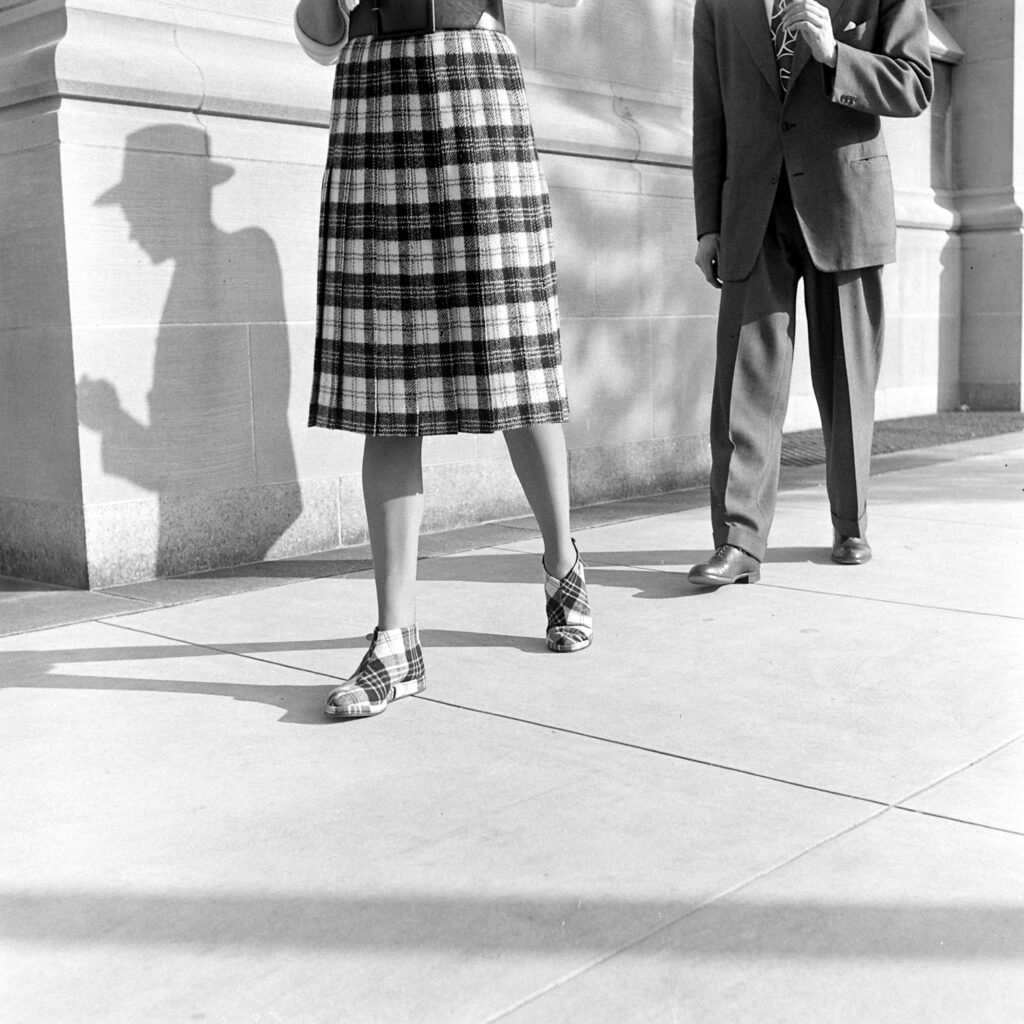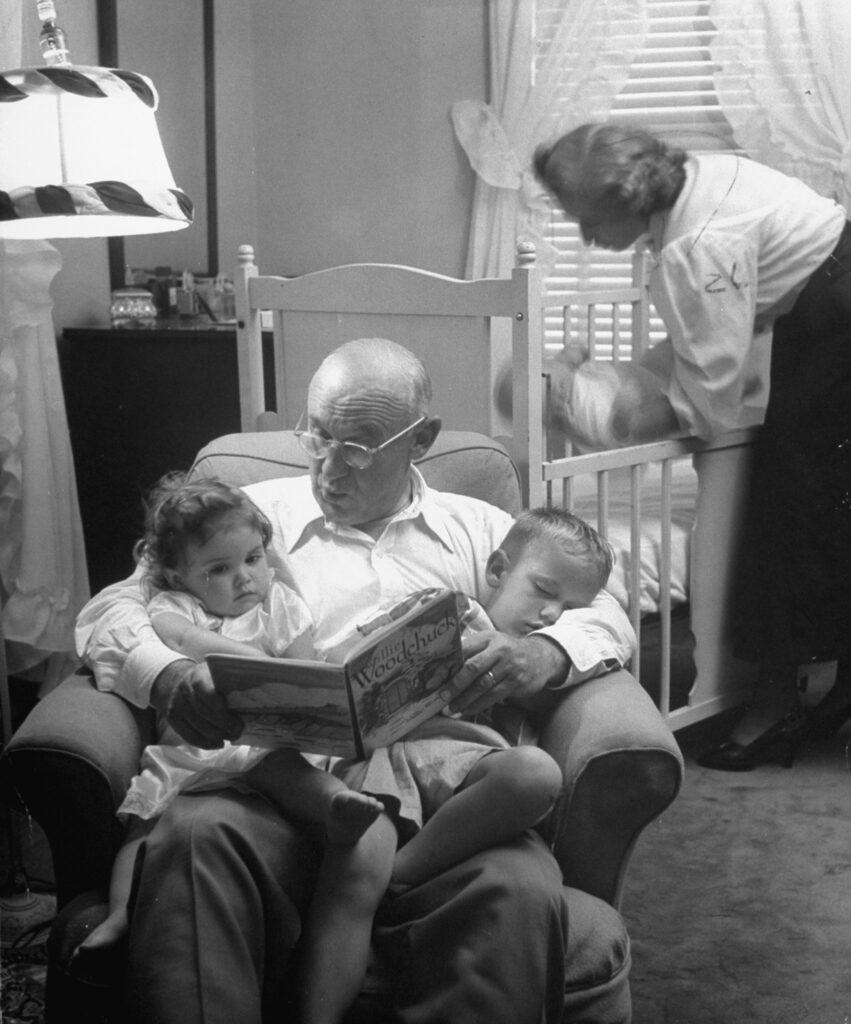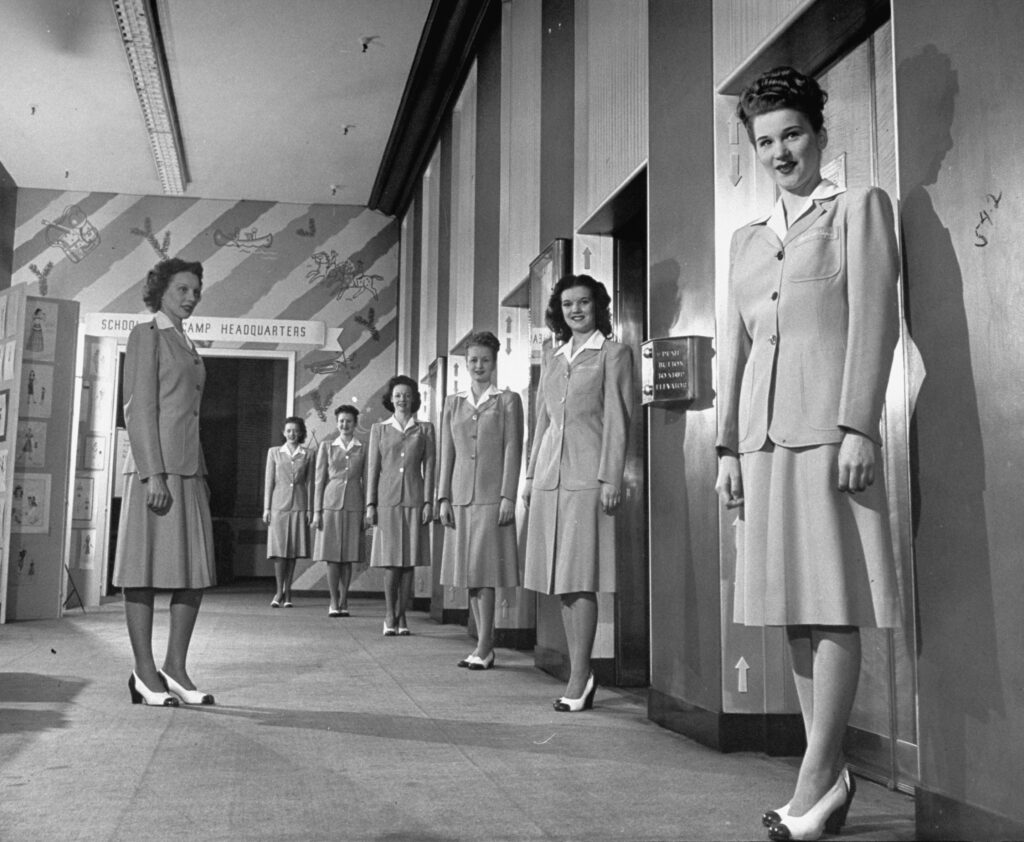Black Friday wasn’t yet called Black Friday in 1948, nor do the newspapers from that era offer evidence of the long lines and raucous stampedes that have become typical on the day after Thanksgiving. Still, the kick-off to the holiday shopping season has long been a red-letter retail day. Images of preparations for that 1948 season at Macy’s—then, at one million square feet, the biggest store in the world—bespeak a highly orchestrated operation relying upon 14,000 employees to ready 400,000 items to be swept off of shelves by 250,000 eager shoppers.
Planning entailed both logistical and motivational efforts. At a giant pep rally, the morale of staff members was lifted by a harmonious rendition of “Jingle Bells.” Telephone operators prepared to respond to as many as six questions per minute. Plainclothes employee detectives trained to spot shoplifters from among the hordes. And clerks readied themselves to handle fluid pricing on that year’s hottest items from striped pajamas to “simulated” pearls to Macy’s house-brand Scotch which fluctuated as many as five times per day as reports of competitors” pricing came in.
When all was said and done, when the bargains had been scored and the pajama sets sold, all that was left behind was one million square feet of a giant, heaping mess.
Liz Ronk edited this gallery for LIFE.com. Follow her on Twitter @lizabethronk.

Jane Pickens leads 9,000 Macy’s employees in “Jingle Bells” during a giant rally designed to whip up the fever of salesmanship for the 1948 Christmas rush.
Nina Leen / The LIFE Picture Collection

Eager customers stand outside the doors of Macy’s, 1948.
Nina Leen / The LIFE Picture Collection

Holiday shoppers line the sidewalk outside of Macy’s, 1948.
Nina Leen / The LIFE Picture Collection

Macy’s shoppers wait to be allowed on the floor, 1948.
Nina Leen / The LIFE Picture Collection

The bulletin board lists price changes that made as a result of comparison shopping. Macy’s got around fixed prices by producing their own brands and fixing their own prices.
Nina Leen / The LIFE Picture Collection

Shoppers clamoring for coveted items.
Nina Leen / The LIFE Picture Collection
![This was how many pearls [salesgirl] Janet [Steurer] would sell in one day. 00697798.JPG](data:image/svg+xml,%3Csvg%20xmlns='http://www.w3.org/2000/svg'%20viewBox='0%200%200%200'%3E%3C/svg%3E)
This was how many pearls [salesgirl] Janet [Steurer] would sell in one day.
Nina Leen / The LIFE Picture Collection

A customer examines a string of pearls, 1948.
Nina Leen / The LIFE Picture Collection

Santa Clauses at Macy’s, 1948.
Nina Leen / The LIFE Picture Collection

Young salesman William Komlos (Yale ’48) was a member of the 60-man executive training squad.
Nina Leen / The LIFE Picture Collection

The sales floor at Macy’s.
Nina Leen / The LIFE Picture Collection

Women trying on furs in the Macy’s dressing room
Nina Leen / The LIFE Picture Collection

Comparison shoppers would buy items in competing stores and then bring in merchandise priced under Macy’s. Macy’s would then lower its prices to undersell the competition.
Nina Leen / The LIFE Picture Collection

A child with her doll at the crowded Macy’s world heardquarters.
Nina Leen / The LIFE Picture Collection

Macy’s store hospital treated 65,000 patients a year. This was a typical Monday morning lineup of people having their temperatures taken. The lineup was longer after big sale days.
Nina Leen / The LIFE Picture Collection

A pageant being performed for the store’s thousands of employees before the holiday rush, 1948.
Nina Leen / The LIFE Picture Collection

The mess in the wake of a major sale day, 1948.
Nina Leen / The LIFE Picture Collection






![This was how many pearls [salesgirl] Janet [Steurer] would sell in one day. 00697798.JPG](https://static.life.com/wp-content/uploads/migrated/2015/11/151119-macys-07-863x1024.jpg)












































































































